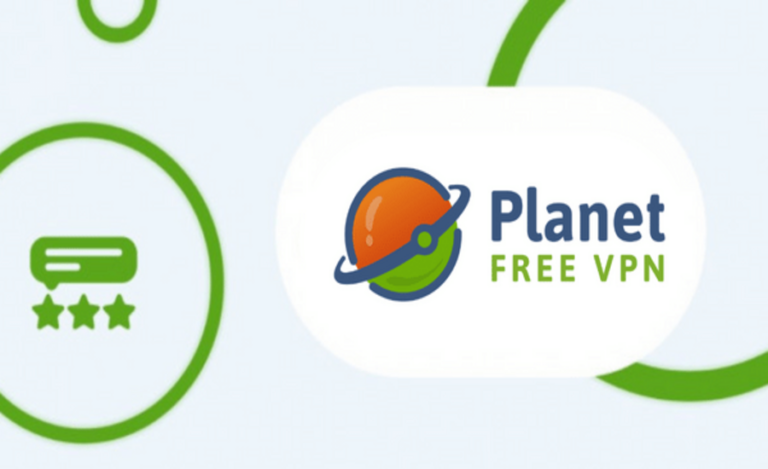Antibiotic-Resistant Infections in Dogs: A Growing Concern
Antibiotic resistance is a significant issue affecting both human and veterinary medicine. As bacteria evolve and develop resistance to commonly used antibiotics, infections in dogs have become harder to treat. Antibiotic-resistant bacterial infections are on the rise, making it more challenging to manage even routine conditions in our pets. This blog will explore what antibiotic resistance is, why it’s becoming more common in dogs, how to spot the signs, and the available treatment options.
What is Antibiotic Resistance?
Antibiotic resistance occurs when bacteria adapt and become immune to the effects of antibiotics designed to kill them. Over time, bacteria change their structure or find ways to evade the drugs used to treat them, making previously effective treatments ineffective. This resistance means that infections, once easy to treat with antibiotics, become more difficult to manage and can lead to prolonged illness or complications.
Why is Antibiotic Resistance Common in Dogs?
Dogs, just like humans, are often exposed to antibiotics for various infections. However, frequent or improper use of these medications can lead to resistance. There are several factors contributing to this issue:
- Overuse of antibiotics: Using antibiotics when they are not needed or for conditions that aren’t bacterial (like viral infections) can contribute to resistance.
- Incomplete treatment courses: When a dog stops taking antibiotics before completing the prescribed course, some bacteria may survive, potentially evolving into resistant strains.
- Frequent use for chronic conditions: Dogs with chronic illnesses such as skin infections or recurring ear infections may require repeated antibiotic treatments, increasing the chances of resistance.
Common Antibiotic-Resistant Bacteria in Dogs
Some bacteria have become particularly well-known for their resistance to antibiotics, especially in veterinary settings. Two of the most common antibiotic-resistant bacteria found in dogs are:
- Methicillin-Resistant Staphylococcus aureus (MRSA): While more commonly associated with human infections, MRSA can also affect dogs and may spread between humans and animals.
- Methicillin-Resistant Staphylococcus pseudintermedius (MRSP): This strain primarily affects dogs, leading to infections of the skin, ears, and urinary tract. It can also be transferred from pets to humans.
These bacteria are notoriously difficult to treat and often require more aggressive medications, which may have stronger side effects.
Signs of Antibiotic-Resistant Infections in Dogs
Recognizing the symptoms of antibiotic-resistant infections in dogs can help ensure early intervention. If your dog is not responding to traditional antibiotic treatments, it could be a sign of resistance. Common symptoms of such infections include:
- Recurring skin infections: Non-healing rashes or wounds that don’t respond to treatment.
- Chronic ear infections: Dogs with repeated ear infections that persist even after multiple rounds of antibiotics may be harboring resistant bacteria.
- Frequent urinary tract infections (UTIs): UTIs that return quickly or never fully resolve despite treatment can indicate antibiotic resistance.
- Persistent fever or lethargy: If your dog has a prolonged fever or is constantly unwell, this may signal an infection that regular antibiotics can’t treat.
If you notice any of these symptoms, it’s essential to consult your veterinarian as soon as possible. Your vet can perform diagnostic tests, including an antibiotic sensitivity test, to determine the best course of action. Early consultation with a professional ensures that your dog receives the appropriate treatment, minimizing complications and helping prevent further resistance.
How to Prevent Antibiotic Resistance in Dogs
Preventing antibiotic resistance in dogs starts with responsible medication use. Here are a few ways to help reduce the risk:
- Complete the entire course of antibiotics: Even if your dog seems better, always finish the prescribed course to ensure all bacteria are eliminated.
- Avoid unnecessary antibiotic use: Antibiotics should only be used for bacterial infections. They are ineffective against viruses, so avoid pressuring your vet to prescribe them for viral conditions.
- Get sensitivity testing: For persistent infections, your vet may recommend an antibiotic sensitivity test to identify which antibiotics are most effective for your dog’s specific infection.
- Use alternative treatments when possible: Explore non-antibiotic treatments, such as probiotics, for managing recurrent conditions like skin or digestive issues.
Treatment for Antibiotic-Resistant Infections
Once an antibiotic-resistant infection is diagnosed, treatment becomes more complex. These infections often require stronger, more specialized antibiotics that can carry risks, including side effects like nausea, vomiting, or diarrhea. In some cases, the following treatments may be recommended:
- Targeted antibiotics based on sensitivity testing: Your vet will identify which specific antibiotics are effective against the resistant bacteria and tailor the treatment accordingly.
- Supportive care: Probiotics may be added to your dog’s regimen to support digestive health during and after antibiotic treatment. Probiotics help restore beneficial bacteria that can be affected by the use of potent antibiotics.
- Addressing underlying conditions: If your dog’s resistance stems from an underlying chronic illness, managing that condition may help reduce the need for frequent antibiotic use.
Can Dogs Recover from Antibiotic-Resistant Infections?
Yes, with proper treatment, dogs can recover from antibiotic-resistant infections. However, the recovery process may take longer than with typical infections, and the risk of recurrence is higher. Close monitoring and follow-up with your veterinarian are essential to ensure the treatment is effective and that no further complications arise.
A best dog vet in Gurgaon would recommend performing an antibiotic sensitivity test to identify the most effective treatment. They may also suggest additional supportive care, such as probiotics, to help restore your dog’s health during recovery.
It’s important to remember that resistant infections can spread between animals and even from animals to humans. Maintaining good hygiene, handling your dog carefully during treatment, and following all veterinary instructions are crucial to preventing the spread of these bacteria.
Conclusion
Antibiotic-resistant infections in dogs are becoming increasingly common and pose significant challenges to treatment. By understanding the causes, recognizing the symptoms, and taking preventive measures, pet owners can help reduce the risk of resistance developing in their dogs. Always work closely with your vet to ensure antibiotics are used responsibly and consider alternative treatments where possible. If your dog shows signs of an antibiotic-resistant infection, seeking prompt veterinary care can make all the difference in their recovery.






